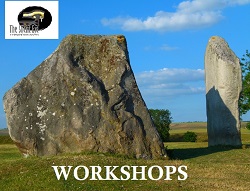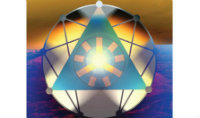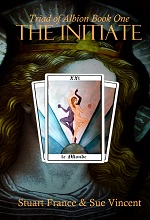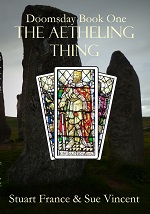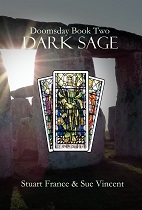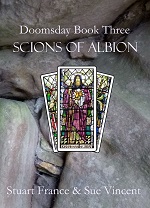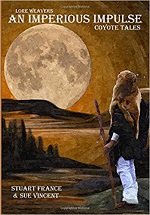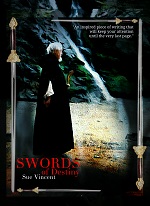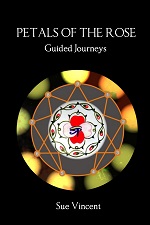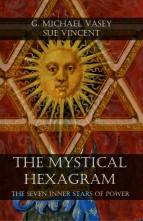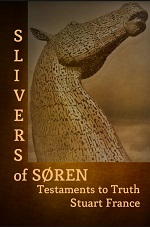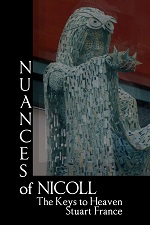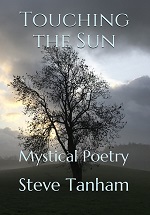
Carved Norman arches, with Abbot Hugh’s Pillar in the centre. The distortion of some the arches is due to the church being built on sand.
We walked down the Norman nave, passing Abbot Hugh’s pillar, identical to those at Durham cathedral where we had been the day before. Was it only the previous day? Similar too to the great carved columns of Dunfermline a few days earlier. For an unplanned trip, we seem to have followed a trail where several strands were interwoven in a continuous knot like the interlaced pattern of the Celtic stones.
We passed between the tombs of knights and their ladies… of bishops and dignitaries carved in stone to be remembered. How little we change, after all, across time and borders… how different in essence are our tombs and our desire to remain in human consciousness, to leave an indelible memory and our mark upon the world which is the cradle of our souls.
Near the Crossing a blackened wooden head… Christ or the Baptist perhaps… hangs on the wall. Its expression is one of both quiet joy and serenity. I can find no reference to dates or origin, but I wondered if the carving was a survival of one of the two fires that have devastated the church. Strange to think that without the apparent destruction, the building would not have evolved into the beauty it is today.
Continue reading at France & Vincent




